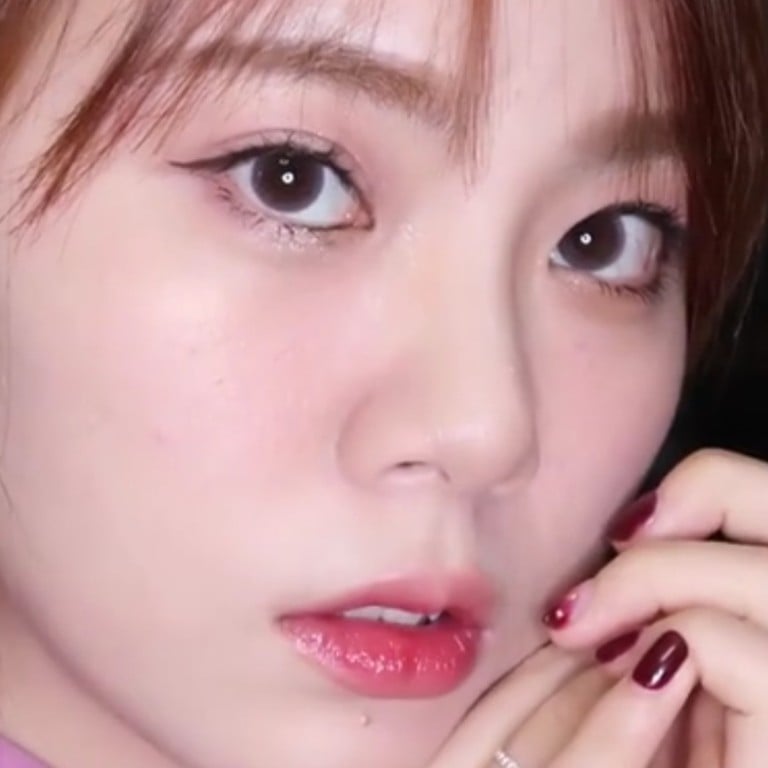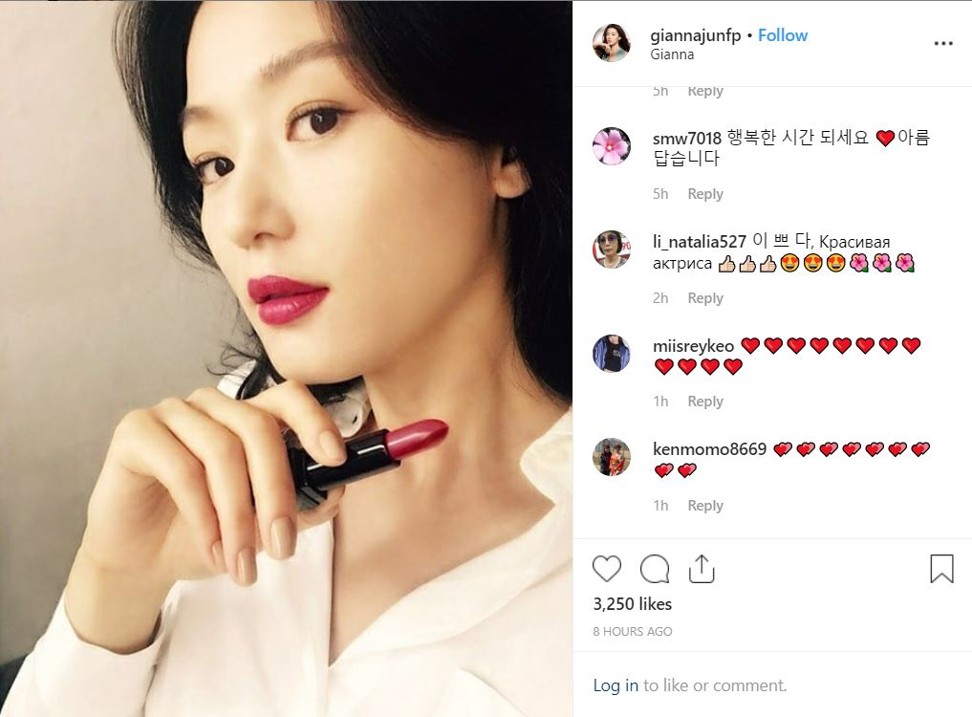
K-beauty: is China falling out of love with Korean cosmetics?
- Home-grown brands and those from Japan are growing ever more popular with mainland consumers, while K-beauty exports are slowing
- South Korean cosmetics are also seeing an overall drop in sales, as Chinese consumers ditch the one-size-fits-all aesthetic to embrace individual looks
Consumers in China – the world’s second-largest beauty market, expected to be worth US$62 billion by 2020, according to Euromonitor – are increasingly looking to local “C-beauty” offerings, as well as Japan, for their beauty fix.
Why everyone wants a piece of the K-beauty pie
Exports of South Korean cosmetics to China rose just 20 per cent to US$1.3 billion in the first nine months of 2018, according to a Financial Times report – a sharp slowdown from the annual average of 66 per cent growth recorded in the past five years.
And South Korean beauty brands are not just losing their edge to regional competitors, they are suffering falling domestic sales, too. Could this spell the beginning of the end for the era of K-beauty, and its once-powerful hold over China’s consumers?
Over the past year, AmorePacific – South Korea’s largest K-beauty producer and the parent company of 33 of the country’s top cosmetics brands, including Iope and Laneige, saw a drop in profits for the first time. AmorePacific’s first-quarter net profits fell 31 per cent to 122 billion won (US$103 million) from the 177 billion won during the corresponding period last year.
“This year is going to be very harsh for K-beauty especially in terms of the export market,” said Mike Sohn Seong-min, an assistant researcher at the Korea Cosmetics Industry Institute in South Korea, who added that K-beauty exports are experiencing negative growth for the first time.
“Chinese brands are growing rapidly, there’s a change in local consumption patterns and local trends,” he said of the cooling interest. “K-beauty is also not as fun any more because it’s been trending for so long.”
This year is going to be very harsh for K-beauty especially in terms of the export market
The THAAD-related ban definitely impacted Korean cosmetics exports to China at the time, according to Scott Shin, a representative of cosmeceutical brand Beauren Korea – but ultimately, he said, interest in K-beauty has been waning. “After the ban, it’s become a matter of consumer sentiment. Chinese shoppers don’t feel us any more. A lot of people have turned against our brands.”
Meanwhile in China, local brands such as Herborist, Inoherb and Kans are serving up stiff competition for South Korean brands seeking to enter the market. These Chinese firms are even proving to be just as popular as multinationals such as Procter & Gamble, L’Oreal and Johnson & Johnson.
Chinese consumers are looking for home-grown brands to build their confidence. They also find them more emotionally resonant
Home-grown premium beauty brand Pechoin, known for its usage of traditional Chinese herbal ingredients, was ranked as the most-used skincare and make-up brand in China last year by research, data and insight company Kantar.
Last year, 72 per cent of Chinese brands incorporated the term “Made in China” into their profiles on online retailer Tmall, an increase of 50 per cent from 2017, according to research firm Gartner L2.
Tmall is operated by Alibaba Group, which owns the South China Morning Post.
Being ugly hurts in South Korea: why it’s so hard to say no to K-beauty
Besides competitive quality and prices, experts say, the rise of C-beauty has been fuelled by cultural pride and nationalism.
“Chinese consumers are looking for home-grown brands to build their confidence. They also find them more emotionally resonant,” said Emily Guo, a researcher at Cherry Blossoms, a Hong Kong-based market research firm specialising in Chinese consumption.
On social media sites like Zhihu and Weibo, articles and posts advocating for the use of C-beauty over K-beauty brands are being shared. One post titled “Domestic beauty products that are better than Korean ones,” recommends Dabao face cleansers and Zeefine snail essence; while beauty tutorials on Weibo cite the “better quality” of certain Chinese products over Korean ones.
Guo cited the rise of the hanfu movement, which sees younger generations championing the return of the Chinese traditional fashion and associated beauty trends, as an example.
“There are many online tutorials on [social media] sites such as Bilibili and Weibo offering guidance on how to wear the hanfu and do traditional make-up, promoting a more [traditionally] elegant beauty ideal, compared to the ‘cute and sexy’ beauty in Japanese and Korean popular culture.”
The backlash against Asia’s addiction to whiter skin has begun
Guo added that many Chinese consumers were tired of the uniform looks that K-beauty standards adhered to. “K-beauty is about conformity and collectivism. It’s about always having the same: the same face, same eyebrows, same look,” she said.
“Chinese consumers followed that for quite some time, but now more Chinese go abroad for their studies, travel and cultivate a strong sense of individuality … They are transforming from a more collective self-image to a more authentic one that dares to express themselves.”
This growing interest in Japan has also translated into a rise in sales for J-beauty brands, which are viewed as more premium and luxurious than their K-beauty counterparts.
Last year, Japanese cosmetics conglomerate Shiseido saw a 34.7 per cent increase in operating profit, and an 8.9 per cent increase in sales to 1.049 trillion yen (US$9.7 billion), according to a Bloomberg report. Sales in China made up 17.4 per cent of its overall sales, an increase from 14.4 per cent the year before.
Besides Shiseido brands such as Nars and Cle de Peau, prestige J-beauty brands such as Kose, Ipsa and Pola are also doing well in China.
“With the decreasing influence of K-beauty in China, Japanese brands are rising because of their strong technology and communication,” said Guo from Cherry Blossoms. “Chinese consumers still care about having youthful and flawless skin, and Japanese products have a real [proven] effect.”
C Beauty: online beauty disrupters use influencers to reach Gen Z Chinese
Ultimately, the needs of Chinese consumers are shifting to becoming more niche and targeted, as the demand for K-beauty and its one-size-fits-all prescriptions loses its edge.
“If you decode what K-beauty stands for, for Chinese consumers, it’s flawless beauty but it’s quite artificial looking,” Guo said. “Chinese consumers more and more are looking for individual character, and no longer following mainstream trends.” ■




